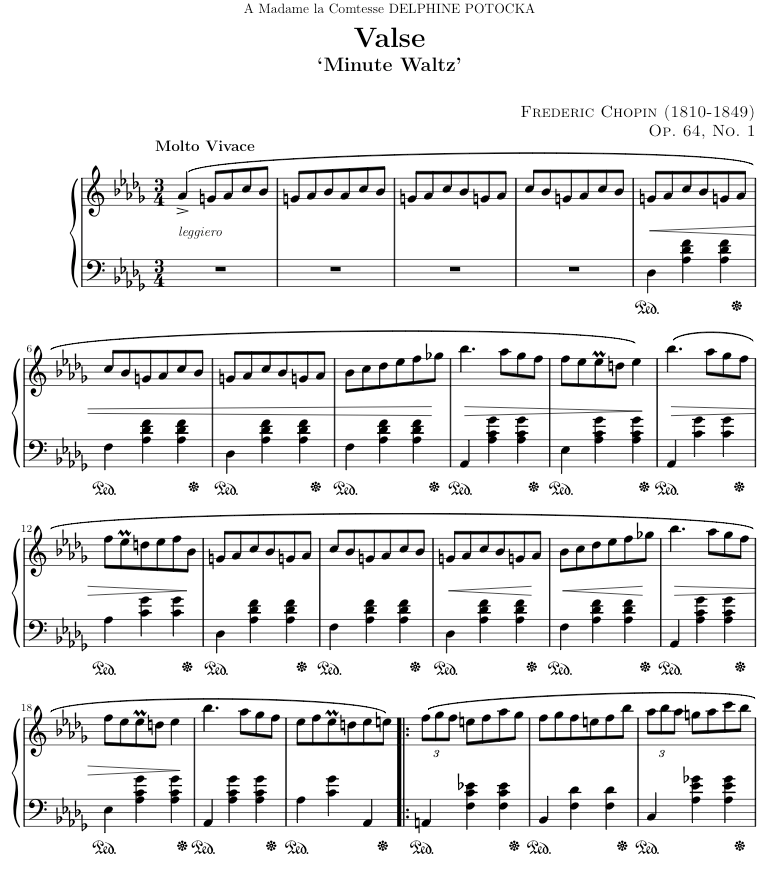Hi, Andi,
As you know, the only effect of the pedal up/down sign is to send CC64 values. In relation to a specific note, there are those 4 possibilities: before note-on, after note-on, before note-off and after note-off. Wherever you put the signal in Sibelius, the result will be one among these four options. In my experience with Notion 5 (in which the “rules” specify these options directly), the first has the result of muting the previous notes, but with the price that the last note is not with sustain (what is a bad choice, because the sound is different, “dryer”; unfeasible if this note is long); the second one has the effect that the last note will sound in the next measure (if this note is accented, the result is not good); the third and fourth options have the effect that the sustain is not stopped. All these behaviors are not affected by the positioning of the pedal down of the next note, considering that a “before note-off” option for it is not feasible (the note would be without sustain).
You have said earlier that in an acoustic piano the foregoing notes go on sounding after pedaling. Well, that is not my experience. I had a piano, and after the pedal up/down the previous notes really stopped. The “half pedaling” technique is the one I know that has the effect of not muting the notes, but just damping them.
Working all day long with those possibilities above in Notion 5, the only possibility of working smoothly with the sustain — that is, inserting the perfect combination of CC64 values: “before note-on” for pedal down e “after note-off” for pedal up — is to open two stances of Vienna Imperial, writing in alternate measures: first measure is written above, second is bellow, third above… and so on. In this way, the CC64 of previous measure does not affect the subsequent one. The overall sound effect is superb! We have that good experience in acoustic piano of starting a measure “from the beginning”, muting the preceding notes, without compromising the “participation” of any note in the sustain. — Of course, this solution is artificial, disturbing the writing process, because this becomes much less intuitive.
As a conclusion, I ask you emphatically for sending my remarks to the technical team of Vienna Imperial, so that they fix this issue. All we need is that sending a simple “CC64” zero value stops completely the sustain, regardless the CC64 values in the sequence. This feature could be an option, so that those people that like the actual behavior could remain working as they are.
Thank you very much for this opportunity to talk.
All the best,
Verlaine
